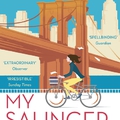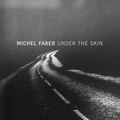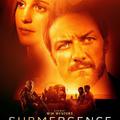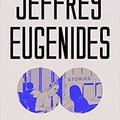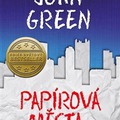Truman Capote: In Cold Blood
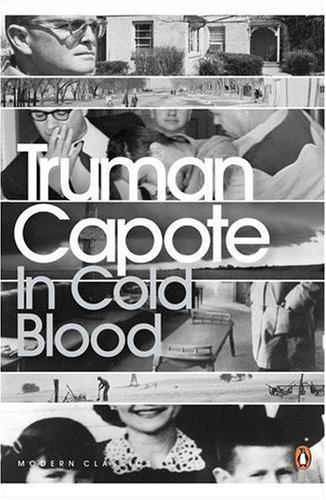
In Cold Blood has been one of my favorite books for a long time. It happens every two or three years that it suddenly pops into my mind what an exquisite book it is, and then I get a craving to re-read it immediately. This is what I did now, and my opinion did not alter a bit: I still consider this to be an excellent book.
As In Cold Blood is supposed to be based entirely on facts, and the identity of the criminals who committed the murders described in the novel is already revealed in the blurb, I don’t think it will spoil anyone’s pleasure if I say a few words about the story. In Cold Blood tells the history and the aftermath of a murder which was committed on November 15, 1959, in Holcomb, Kansas. Four members of the popular and respected Clutter family were killed that night. The murder created a storm of indignation and kindled huge media interest, and the best detectives of the state set about solving the case. After several weeks of intense detective work, they managed to capture the murderers, who were then tried and finally sentenced to capital punishment based on Kansas laws.
The events described in the novel are no doubt sordid and tragic on their own, however, I wouldn’t consider In Cold Blood too interesting as literature if Capote hadn’t filled the story (which could appear as a news item in any newspaper) and the characters with life. Even though Capote maintained that the book is factually accurate and every single word in the novel is reported as it was actually spoken, it turned out that this is not the case actually. As it so often happens in cases of true-to-life stories, a couple of accusations surfaced regarding the factual accuracy and truthfulness of In Cold Blood as well, you can find some information on these here and here. But even if we don’t investigate every detail of the book thoroughly, it quickly becomes evident that In Cold Blood can be considered an artfully structured work of literature rather than a logically ordered list of carefully researched and reconstructed, verifiable facts.
Capote goes much further than a simple factual account right in the first part of the novel, which is an account of the last day of the victims. He depicts the Clutter family so lovingly, poetically and humanly (not to say: tear-jerkingly) that it’s impossible not to feel pity for them. The Clutters are not at all perfect and they have some serious problems in the family, however, from Capote’s account it seems that they live beautiful and honest lives, and even though they are still alive and well, we can’t help pitying them in advance for the dreadful fate they would meet.
Of course, murder is dreadful as it is, but it is quite a different experience to read a cool account in a newspaper to the effect that „rich farmer and family murdered”, or to learn the details of the same murder after reading 60 pages of beautiful prose about the victims and learning what kind of life they had and what kind of people they were.
By the way, Capote deals in the same way with the murderers: he shows the reader their human side, their past, personality and difficulties, and describes them in such a sensitive manner that it’s impossible not to feel for them – just as it’s impossible not to feel for their victims.
And I didn’t even mention the way Capote depicts the setting and the minor characters of the novel. True, Holcomb and its residents are real(istic), but Capote organizes all these realistic materials in a way that they become parts of a traditional American fiction. This is the fiction of the Mid-Western small town where everyone knows everyone else, everyone is religious without bigotry, and in the background, as if symbolizing the hard work of the townspeople, the lovely, golden fields of corn waiting to be reaped are constantly visible. Capote’s style of describing Holcomb is far from being factual, on the contrary, it is immensely poetic, and sometimes it even borders on being kitschy.
By the way, I don’t mean any of the above negatively, as I think that it is exactly this kind of humaneness and fictionality that makes In Cold Blood a good book. I may be cruel but I don’t think I’d get anything out of this novel if it really consisted of 400 pages of facts and nothing else. For me, In Cold Blood is terrifying and fascinating because it’s so human and poetic, and it contains not only the facts but their interpretation as well.
What is more, the novel suggests a lot of highly intriguing questions as well. Where does reality end and fiction start? Does reality become fiction if we write it down as accurately as possible? Can real life be turned into fiction? If so, what’s the use of „fictional” fiction? What’s the difference between fiction and non-fiction? In Cold Blood, naturally does not provide the reader with the answers, and I don’t even think it was meant to. Anyway, it’s an excellent book.

